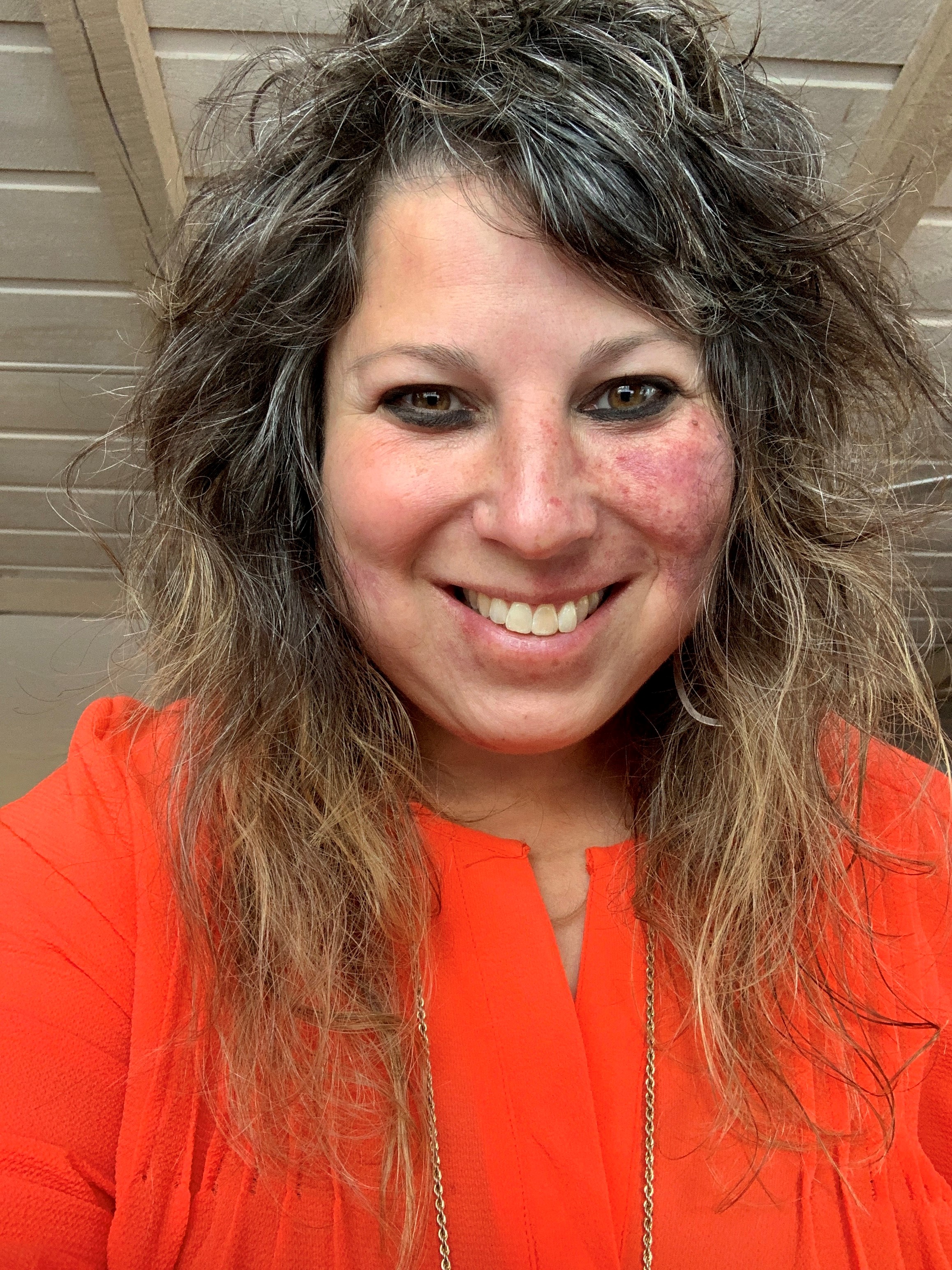Older adults with health concerns more likely to experience ‘everyday ageism’ study finds
A new study investigates the prevalence of ageism among older adults in the United States and how it correlates with health.
The paper, published in Jama Network Open, was conducted by researchers at the University of Oklahoma, Norman and the University of Michigan. Investigators drew data from the National Poll on Healthy Aging that evaluated more than 2,000 people between the ages of 50 and 80 from November 2021 through April 2022. They found that while nearly all older adults experience some kind of ageism in their everyday lives – those with more health concerns appeared most likely to have experienced “everyday ageism.”
The higher a person’s score on a scale of everyday ageism experiences, the more likely they were to be in poor physical or mental health, to have more chronic health conditions, or to show signs of depression, according to the study.
“These findings raise the question of whether aging-related health problems reflect the adverse influences of ageism and present the possibility that anti-ageism efforts could be a strategy for promoting older adult health and wellbeing,” said first author Julie Ober Allen, PhD, MPH department of health and exercise science, University of Oklahoma, Norman in a statement.
The study used the Everyday Ageism Scale, which was developed by the research team, to calculate a score based on an individual’s answers to 10 questions about their own experiences and beliefs regarding aging.
The results showed that 93 percent of the older adults surveyed said they regularly experienced at least one of the 10 forms of ageism. The most common one, experienced by nearly 80 percent, was agreeing with the statement that “having health problems is part of getting older” – even though 83 percent of the people surveyed described their own health as good or very good. This kind of “internalized” ageism also included agreeing with the statements that feeling lonely, or feeling depressed, sad, or worried, are part of getting older.
In addition, 65 percent of the older adults surveyed said they regularly see, hear, or read jokes about older people, or messages that older adults are unattractive or undesirable.
The researchers calculated Everyday Ageism scores for every one of the poll respondents, based on their responses to all the poll questions. The overall average score was just over 10. As a group, people who were ages 65 to 80 scored over 11, indicating more ageism experiences among those ages 50-64. People who had lower levels of income or education, and those who lived in rural areas, also had average ageism scores that were higher than others. Older adults who reported spending four hours or more every day watching television, browsing the Internet, or reading magazines had higher scores than those with less exposure.
The researchers then looked at each person’s individual score in light of what they had said about their own health, including self-rated physical and mental health, number of chronic health conditions, and report of depression symptoms. They also found a close link between higher scores and all four health-related measures. Those who reported higher Everyday Ageism scores were more likely to have reported that their overall physical health or overall mental health were fair or poor, more chronic health conditions, and depression symptoms.
According to researchers, these findings suggest that everyday ageism may warrant further attention and prioritization as a topic for additional research and as a preventable potential health hazard as people age.




















SHARE